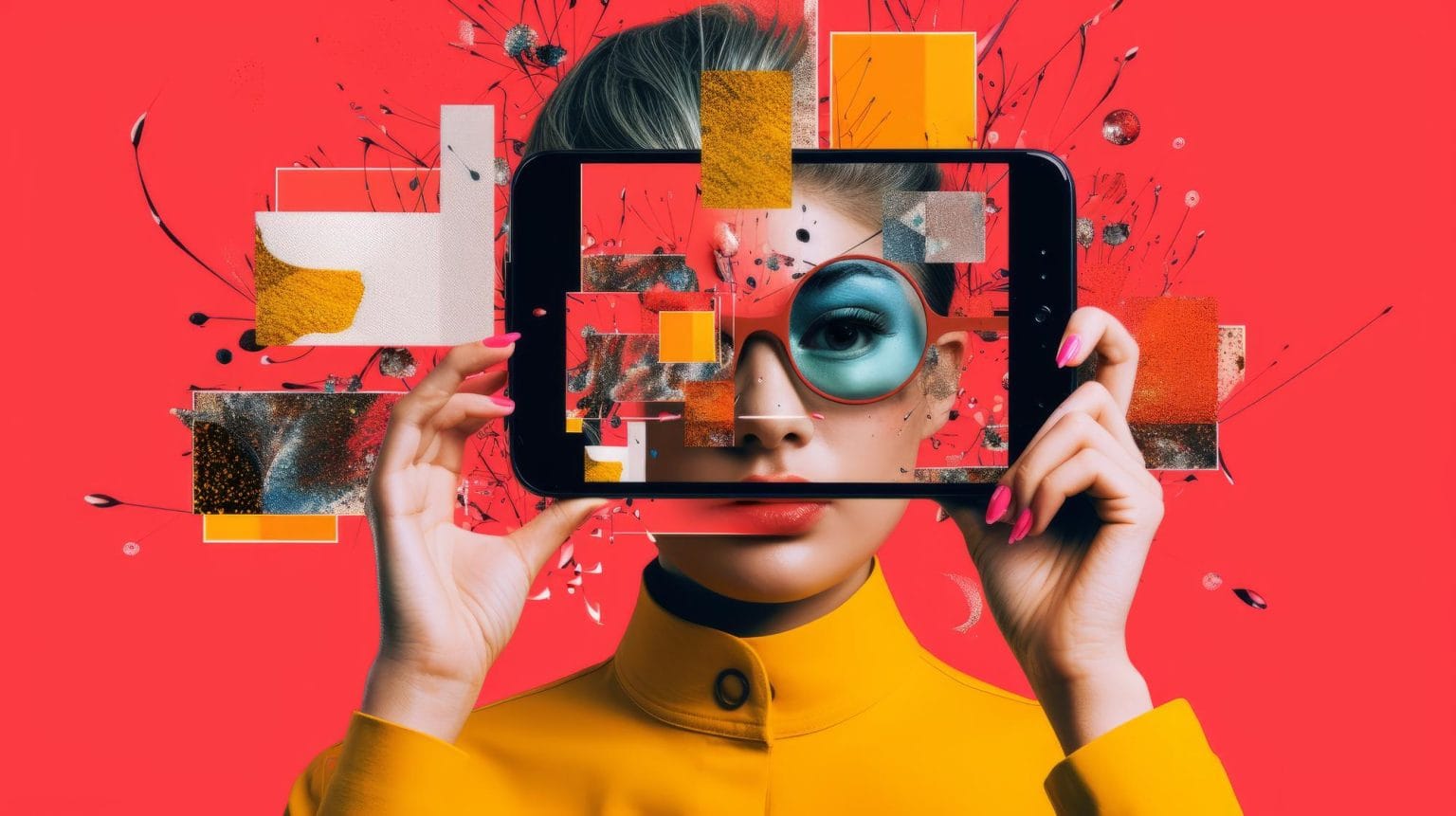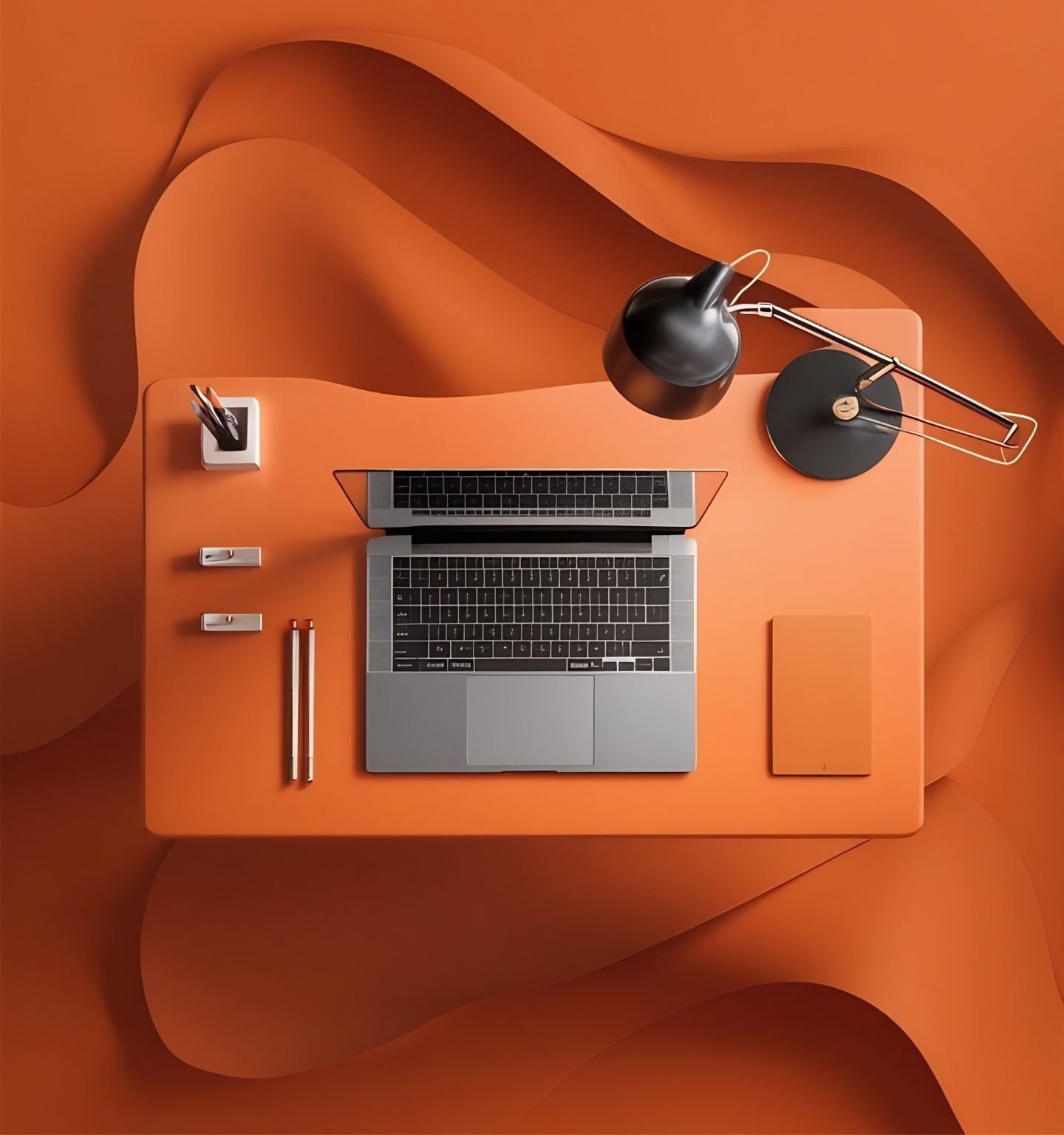Introduction
Artificial Intelligence (AI) is transforming every industry it touches — and design is no exception. From generating logos in seconds to creating user interfaces through prompts, AI design tools like Midjourney, DALL·E, and Adobe Firefly are revolutionizing how we think about creativity and production. But while AI offers unprecedented speed and efficiency, one thing is clear: creative agencies still offer a level of sophistication and strategic depth that AI cannot match.
In this article, we explore how AI is reshaping the design landscape, the strengths and limitations of AI-powered tools, and why hiring a professional design agency remains the smartest investment for brands that want to grow, connect, and stay ahead.
How AI Is Reshaping the Design Industry
1. Speed and Scalability
AI tools can generate design elements in seconds. Need 50 versions of a logo? An AI tool can do that in under a minute. Need a social media visual in 10 sizes? Automated resizing and layout optimization is just a click away.
2. Accessibility
AI democratizes design. Small business owners and startups with limited budgets can now create logos, infographics, and social content without hiring a designer. Tools like Canva’s Magic Design and Adobe Sensei are making design more accessible than ever.
3. Data-Driven Design Decisions
AI can analyze user behavior and performance metrics to optimize design. From A/B testing ad creatives to suggesting UX improvements, AI offers data-backed insights that streamline performance.
4. Generative Creativity
AI-generated art is no longer basic clipart. With advancements in machine learning, AI can now create stunning visual compositions, style transfers, and brand mockups based on brief prompts.
The Limitations of AI in Design
Despite the benefits, AI still has significant limitations that become apparent the moment a project goes beyond surface-level needs.
1. Lack of Contextual Understanding
AI lacks the cultural, emotional, and psychological context required for truly impactful design. It doesn’t understand market positioning, competitive landscape, or brand heritage. It operates on data — not on intuition or insight.
2. Repetition and Predictability
AI-generated visuals often rely on trained patterns. This leads to designs that feel generic, predictable, and lacking in originality. For brands aiming to stand out, this is a major drawback.
3. No Strategic Thinking
Design is not just decoration — it’s strategy. Whether it’s branding, UX, packaging, or campaign work, great design begins with insights, research, and alignment with business goals. AI doesn’t conduct discovery meetings or user interviews.
4. Legal and Ethical Uncertainty
AI-generated designs raise questions about copyright, plagiarism, and intellectual property. Many tools are trained on existing copyrighted material, and their outputs may not be commercially safe.
Why a Creative Agency Will Always Be More Sophisticated Than AI
A creative agency is more than a production team — it’s a strategic partner. Here’s what agencies bring to the table that AI can’t replicate:
1. Human Insight and Empathy
Agencies understand people. They craft designs that speak to emotions, aspirations, fears, and values. Human-centered design, storytelling, and empathy-based branding simply can’t be automated.
2. Cross-Disciplinary Expertise
Agencies bring together copywriters, strategists, designers, marketers, developers, and analysts. This interdisciplinary collaboration leads to more powerful, coherent, and effective design systems.
3. Tailored Brand Strategy
No two brands are the same — and agencies build from the ground up. They develop bespoke identities, tone of voice, customer personas, and market positioning that AI can’t synthesize on its own.
4. Creative Direction and Artistry
Good design is not just functional — it’s inspired. Agencies nurture originality, aesthetics, and purpose. Creative directors guide vision, tone, and visual storytelling with a level of taste that AI lacks.
5. Accountability and Partnership
With an agency, you get real collaboration, feedback loops, and accountability. You can build long-term relationships with teams who know your brand and evolve with it. AI tools are fast, but they’re transactional — not relational.
AI + Human Agencies: The Best of Both Worlds
Rather than replacing agencies, AI is becoming a powerful tool within agencies. Top firms are now integrating AI for:
-
Rapid prototyping
-
Moodboarding and ideation
-
Automated resizing and formatting
-
Content optimization and analytics
-
Predictive UX testing
This synergy allows agencies to work faster, deliver more, and explore broader creative possibilities — while maintaining human insight, emotional intelligence, and strategic direction.
Agencies Aren’t Competing with AI They’re Elevated by ItA I is a tool, not a replacement. It can accelerate workflows, enhance creative possibilities, and make basic design more accessible. But when it comes to brand storytelling, strategic design, emotional resonance, and innovation, human creativity will always lead the way.
For brands that want to make an impact — not just make graphics — partnering with a creative agency is still the most powerful move. The future isn’t AI vs human designers — it’s AI + human ingenuity, working together to push creative boundaries.




